
Expert Warning: One Food Storage Habit That Can Lead to Bacterial Overgrowth
Expert Warning: One Food Storage Habit That Can Lead to Bacterial Overgrowth
Leftovers during the holidays are quite common. However, you should avoid storing them in this particular way, as even the fridge might not be able to save them.
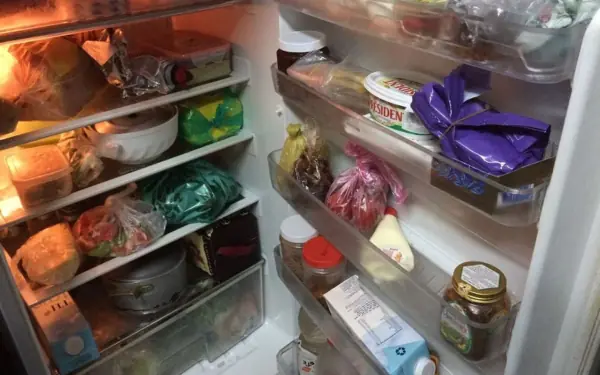
If you've ever been impatient while waiting for food to cool before storing it in the fridge, you're not alone. But you may want to reconsider this habit after learning what a food policy expert discovered during an experiment involving warm leftovers in the fridge.
Food expert Gavin Wren conducted a 'scientific' experiment to demonstrate why placing hot food in the fridge "actually disrupts the temperature" and may even damage your appliance. To make his experiment as scientific as possible, Gavin placed three temperature data loggers in different parts of the fridge—one in the salad drawer, one at the back of the middle shelf, and one at the front of the top shelf.
"These three areas of the fridge respond very differently to things like opening the door, adding hot food, or placing new groceries inside," Gavin explained. He then created an interactive graph to show how the temperature changed when he placed warm leftovers in the fridge.
For example, at 7 a.m., Gavin forgot to close the fridge door, causing the temperature in the top shelf to spike to nearly 9°C (48°F), the middle shelf to rise to 7°C (45°F), while the salad drawer remained unchanged.
To further test his theory, Gavin placed a warm pot of rice in the bottom section of the fridge, which had a minor impact on the salad drawer.
At 7 p.m., he cooked a meal using ingredients from the fridge, then portioned it and placed it on the top shelf. "The top shelf temperature rose to 18°C (64°F) and took four hours to return to normal," Gavin explained.
Not only can this affect your fridge’s performance, but it can also cause other stored foods to spoil more quickly. Gavin warned of the severe consequences: "This can make something like milk spoil ten times faster than usual. And that’s exactly why you should let food cool before putting it in the fridge."
Regarding leftover storage, the UK Food Standards Agency advises: "Do not put hot or warm food directly into the fridge. Instead, allow cooked food to cool at room temperature and place it in the fridge within one to two hours. To cool food quickly, divide it into smaller portions using containers or freezer bags before storing it in the fridge or freezer."
It’s also crucial to remember that leaving food out for too long isn’t safe either, as refrigeration slows bacterial growth. Bacteria multiply fastest between 4°C and 60°C (40°F–140°F), also known as the "danger zone."
If food stays in this temperature range for too long, bacteria can multiply rapidly. That’s why it’s essential to bring food down to room temperature as quickly as possible before refrigeration—by dividing it into smaller portions, placing it under a kitchen ventilation fan, or, if stored in a sealed container, submerging it in a cold water bath.
News in the same category


Genetic Reality: Doctors Warn That If Parents Have These 6 Diseases, Their Children May Inherit a Higher Risk

Doctors Warn: 4 Nighttime Signs Showing Your Liver Is Weakening — Don’t Ignore Them
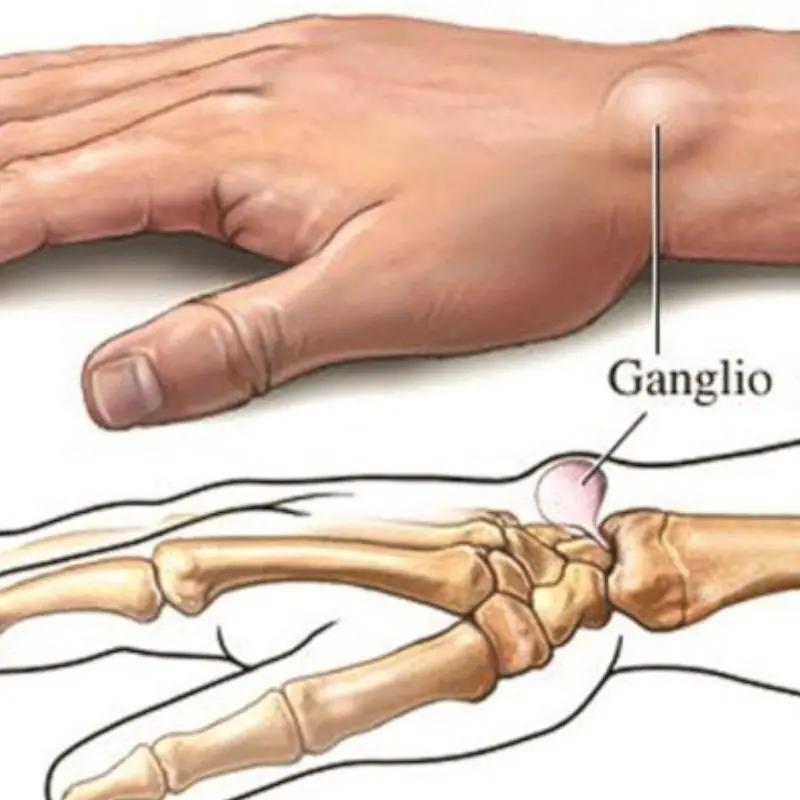
Notice This Lump on Your Wrist? It May Be Caused by a Daily Habit

Husbands With These Habits May Put Their Wives at Higher Risk of Can:cer — Stop Them Now Before They Harm the Whole Family

THE BODY KNOWS WHEN DE.A.TH IS NEAR AND IT ALL BEGINS WITH THE NOSE

A Husband and Wife Were Both Diagnosed With Li.ver Can.cer

5 skin signs that could be warning you about kid.ney problems

Cracked heels are not always caused by dry skin: Be aware of these conditions
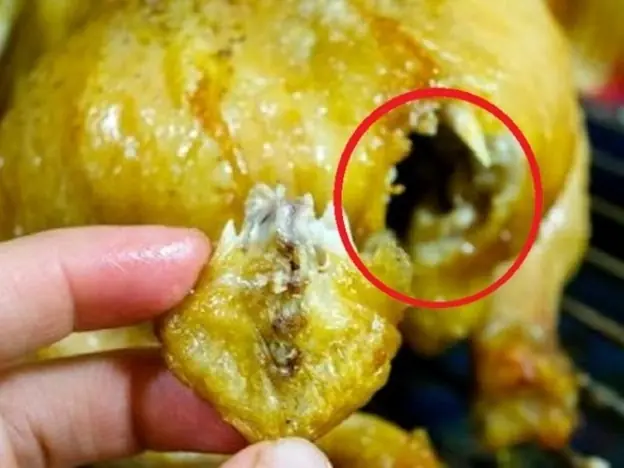
4 parts of the chicken contain many parasites, but many people don't know that

6 early signs of stomach ca.nc.er to watch out for
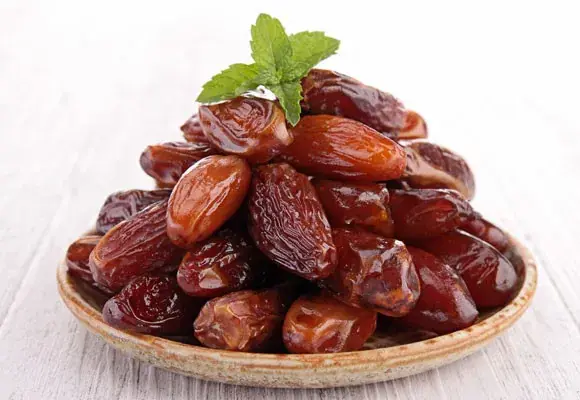
The Amazing Benefits of Dates That Many People Still Don’t Know

Four symptoms that start in your leg could be a sign of 'dea:dly' cance.r

7 Fruits That Become More Beneficial to Health When Steamed

Stop drinking these 5 types of water immediately - The truth about vascular health
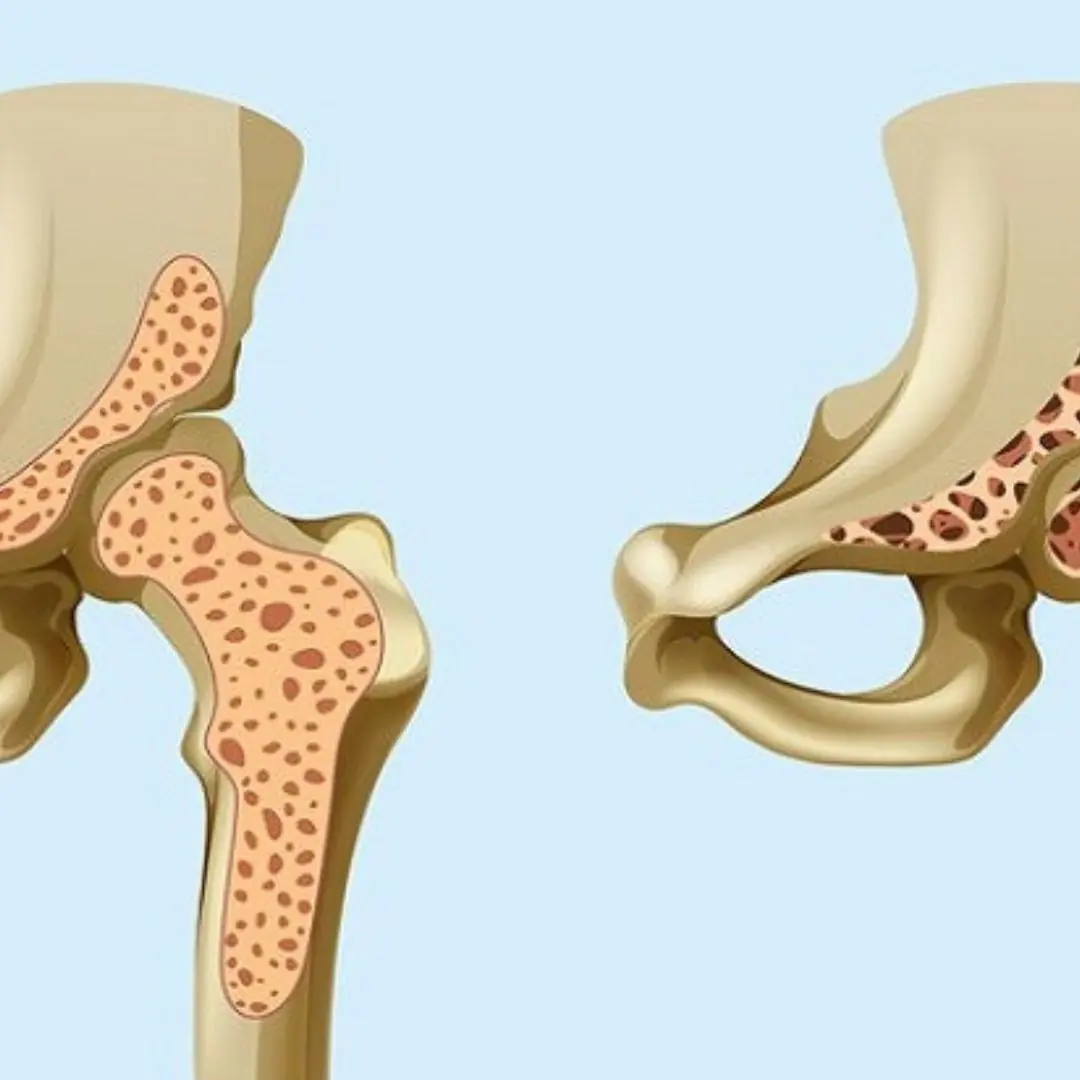
Drinking These Too Often Can Quietly Weaken Your Bones — 3 Hidden Calcium Thieves

How to spot mini-str.oke symptoms before a major str.oke happens

Suffering from Hand Arthritis? Don’t Miss These 6 Beneficial Foods

Many People Miss These 12 Brain Aneurysm Signs — Don’t Let It Happen to You

Doctors shocked after a 52-year-old man’s d.e.a.th — this habit was the cause
News Post

Daily Coffee: What Surprising Changes Occur in Your Body? Doctors Reveal the Effects

Surprising Nutrition Insight: 4 Sprouted Foods That Become Even Healthier — Not Toxic

Genetic Reality: Doctors Warn That If Parents Have These 6 Diseases, Their Children May Inherit a Higher Risk

Doctors Warn: 4 Nighttime Signs Showing Your Liver Is Weakening — Don’t Ignore Them

Doctors Warn: Going to Bed Too Early May Be Harmful for Seniors — People Over 65 Should Sleep at This Recommended Time

Experts Warn: 4 Fruits Most Commonly Sprayed With Pesticides — Shoppers Should Avoid Buying Them Hastily
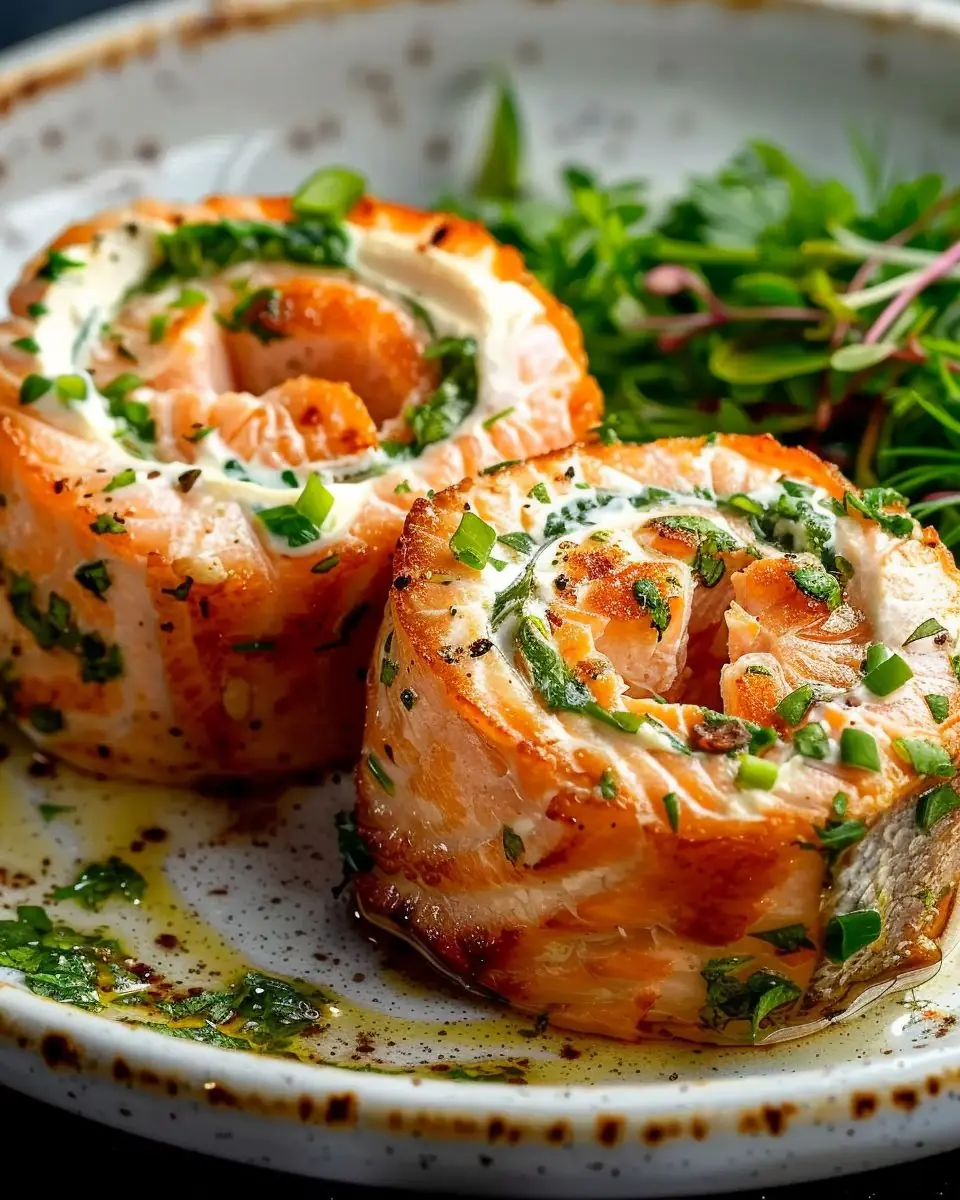
Cream Cheese–Stuffed Salmon Medallions (Pan-Seared)

Notice This Lump on Your Wrist? It May Be Caused by a Daily Habit

Husbands With These Habits May Put Their Wives at Higher Risk of Can:cer — Stop Them Now Before They Harm the Whole Family

Healthy Protein Bowl with Shrimp, Chicken, Soft-Boiled Eggs & Vegetables

THE BODY KNOWS WHEN DE.A.TH IS NEAR AND IT ALL BEGINS WITH THE NOSE
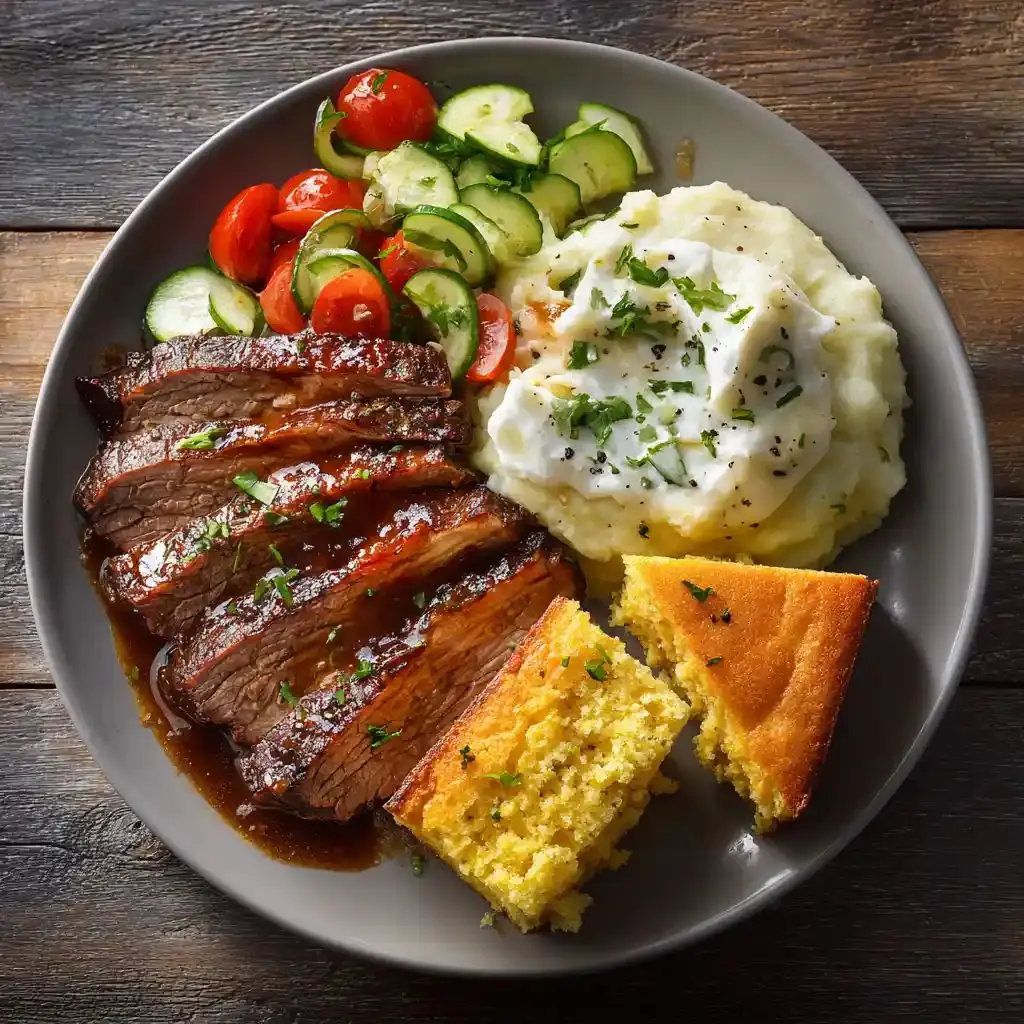
Glazed Beef Steak with Mashed Potatoes, Fresh Salad & Cornbread

A Husband and Wife Were Both Diagnosed With Li.ver Can.cer

Classic Homemade Beef Stew with Potatoes & Carrots

5 skin signs that could be warning you about kid.ney problems

Strawberry Hot Chocolate

The finger you cut first might say more about you than you think
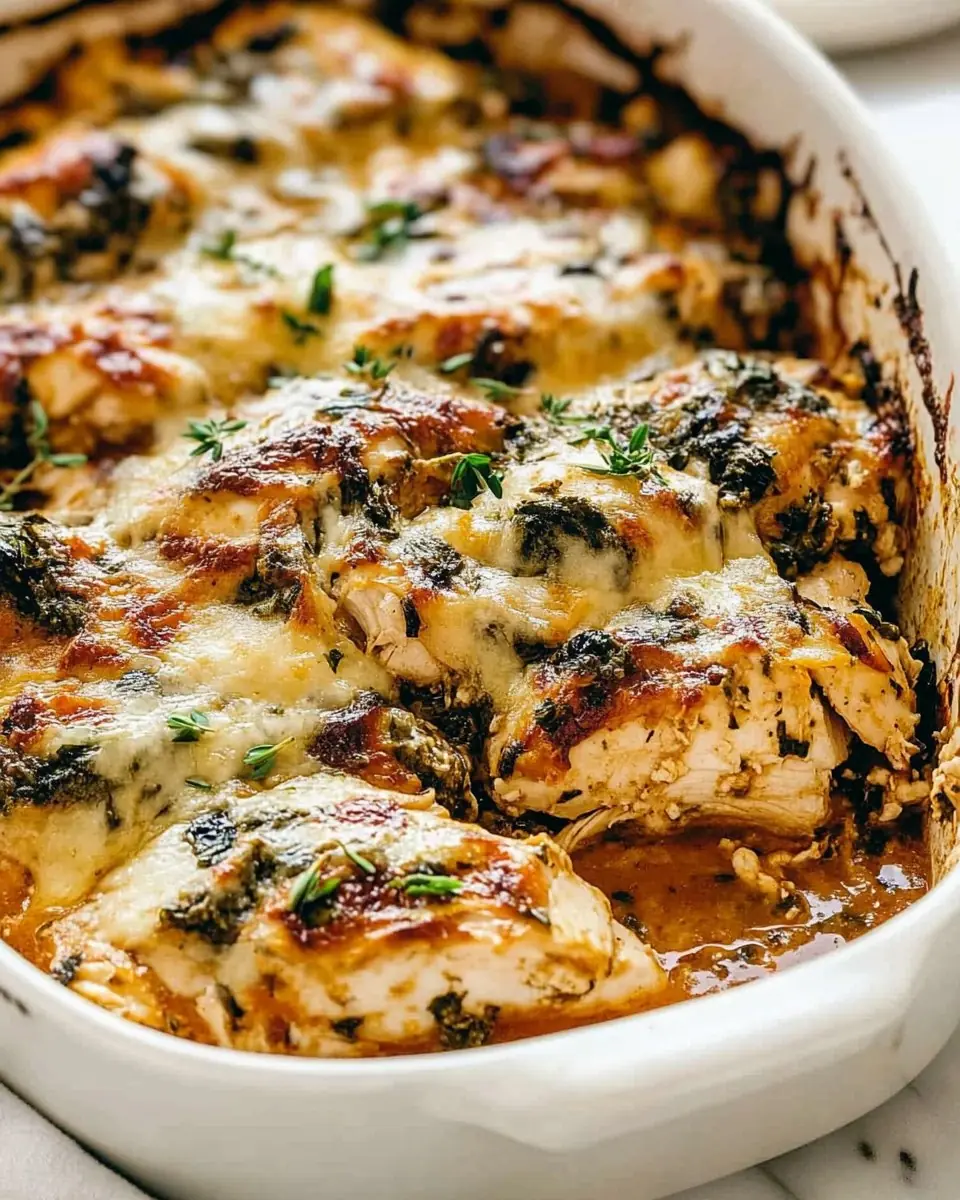
Savory Tuscan Chicken Bake Delight

Cracked heels are not always caused by dry skin: Be aware of these conditions
